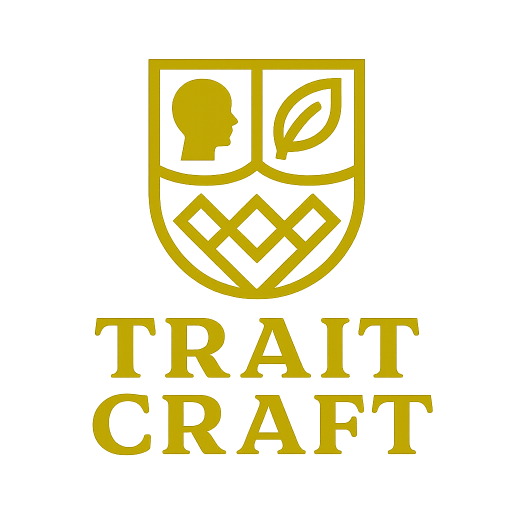Will Griffith had only been in his role as a venture investor at Iconiq for two months when he met a 19-year-old college dropout named Dylan Field. That encounter led to one of his most notable seed investments—a startup called Figma.
On Thursday, Figma went public, with its stock surging from the $33 IPO opening price to close at $115.50, giving the company a $47 billion market cap. Griffith couldn’t contain his enthusiasm for the company.
“You go to one of these user conferences, and there are 15,000 people there—5,000 of them have Figma tattoos,” Griffith said with a smile. From the beginning, the founders of this design software company had “a fervent desire to win, deliver, and redefine the ecosystem.”
Back in 2013, when Griffith first met co-founders Dylan Field and Evan Wallace, they were untested. Iconiq, too, was still establishing itself—known then as a secretive wealth management firm catering to Silicon Valley’s elite, including Mark Zuckerberg and Jack Dorsey.
Figma already had an early supporter in Jeff Weiner, LinkedIn’s then-CEO, who had mentored Field during his internship. Weiner became an angel investor and introduced Field to Griffith.
“We got connected to Figma before we even had an early-stage fund,” Griffith recalled. He remembers visiting the founders in their Palo Alto apartment—”two guys and a dog,” working on groundbreaking browser-based design tools powered by WebGL.
At the time, Adobe dominated the graphics design market with its desktop software. Figma’s browser-based approach was revolutionary. “I thought it was insane,” Griffith admitted.
Not everyone shared his confidence. Alexis Ohanian, investing through Initialized at the time, passed on Figma when he saw the product in 2016—a decision he later called an “embarrassing miss.”
But Griffith believed in the vision. Seed shares were priced at just $0.0878 each, and he continued investing in subsequent rounds. Figma raised approximately $332 million in venture funding by 2024.
“We invested in the seed, the Series A, and later rounds. We even bought secondary shares,” Griffith said. While Iconiq didn’t own enough to require public disclosure, the firm’s stake was substantial enough to warrant celebration.
At Iconiq, employees participate in a prediction contest for IPO closing prices, with prizes ranging from cash bonuses to trips to Hawaii.
One unusual aspect of Figma’s IPO was that most of the shares sold came from existing investors, including Field, rather than newly issued stock. Griffith called it “generous” that early backers provided enough supply to meet demand.
The IPO was 40 times oversubscribed, meaning demand far exceeded available shares. While this signals strong investor interest, it can also create challenges—large investors may avoid deals where they can’t acquire significant stakes, and scarcity can artificially inflate prices.
Griffith noted that Figma’s existing shareholders weren’t eager to sell at $33. “We’ve held since 2015 and haven’t sold a share. We’ll be meaningful buyers in the IPO,” he said.
For Griffith, Figma’s IPO is just a milestone, not an endpoint. “I met a young Dylan Field, and we built a partnership,” he said. He takes pride in watching Field grow as a leader while staying true to his vision.
As for IPO day? Griffith plans to spend it meeting the next generation of founders.

